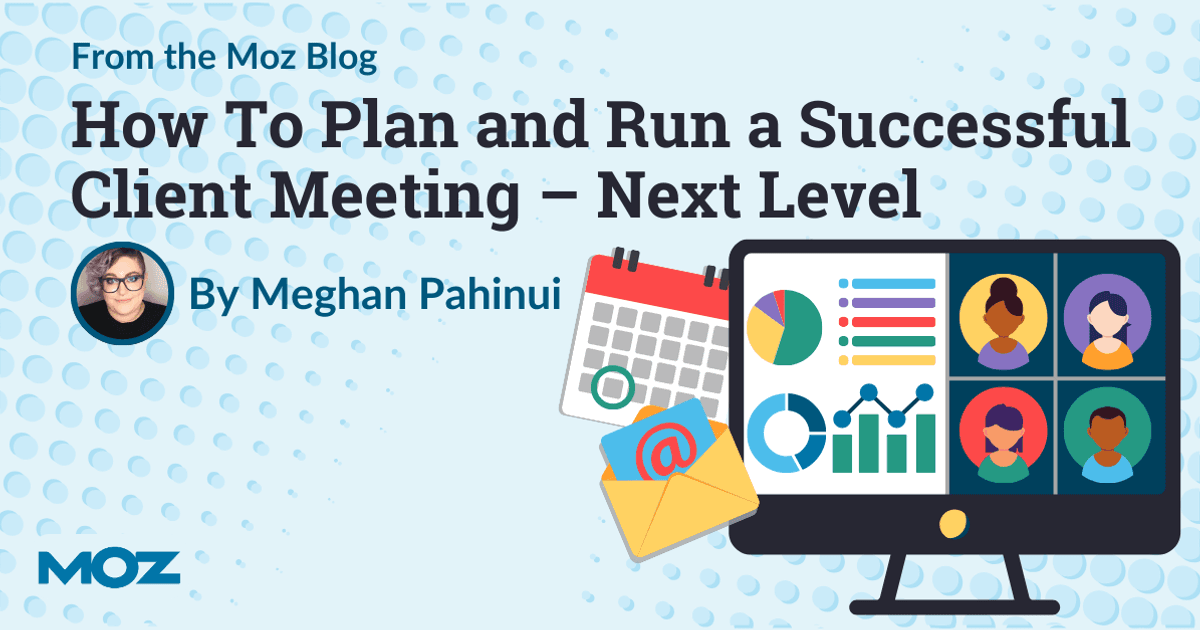All right, last question you’re gonna ask yourself, is this video helping to drive sales? I’m sure that you have been in the situation, like I have, where your boss, your client comes to you and they’re like, “I made a video! I’m so excited about this video, I think it should go everywhere on the website, and I think it’s gonna make me so much money.” And you’re like, “Okay, sure client, it is.” But maybe they’re right, maybe it is gonna make a bunch of money, but you don’t know for sure until you test it. How are you gonna test it?
In GA4, you can create audiences, and if you aren’t familiar with GA4 audiences, they are great, I enjoy them quite a bit, and I have a Whiteboard Friday right here in this very site that talks about audiences, so I recommend checking that out as well. Now, what we’re gonna do is create two audiences. We have a positive audience, this is where people said yes to video start. Now we’re gonna have a negative audience, this is where people didn’t start the video at all. And then of course, you would typically report on this in a boring table where you would say that we had this number of sessions that said yes to video, and then we had this number of key events, conversions, and same thing with no, this number of sessions, this number of key events/conversions.
When you look at this data, can you tell right away if the video is doing a good job or not? No, because numbers are boring, and tables are boring. Instead, we’re gonna take the same trick that we had back in the first table that we looked at, where we instead change the numbers to percentage of the total. And again, in Looker Studio, to do that, mouse over the metric, click the pencil icon, and then choose percentage of total from the dropdown and then you can see that we have about the same number of sessions, but you can tell that the video is actually doing a fantastic job at driving more conversion/key events for this particular client. I guess the client was right, I guess it is a good video. You can tell them that. But by presenting it again as percentages, you can see what I always call punching above your weight or punching below your weight because I used to box, and I think that that’s a great way to present this data. How good is this thing doing relative to the whole? As opposed to focusing on those specific numbers, which may or may not be true.
So there’s three examples for you, you can take things that you already report on and instead change the report in a directional fashion. I find that this really helps to get to those conversations about how accuracy and ad blockers and third-party consent and everything else is happening to make our analytics data inaccurate, you can take those conversations and show the data in a different light, and it helps remove that idea that you have to fix something to make it accurate, which unfortunately you can’t, it’s not gonna be accurate, that ship has sailed, and instead, you’re focusing on the data that you do have and what you can do with it to generate good results that helps give you insights so that you know what to do in order to improve your marketing, your sales, ultimately whatever goal you’re trying to accomplish with your website and your business.
I hope you found that helpful. If you have any questions at all, feel free to reach out to me, I’m usually on LinkedIn, and thank you so much for watching.
Transcription by Speechpad.



